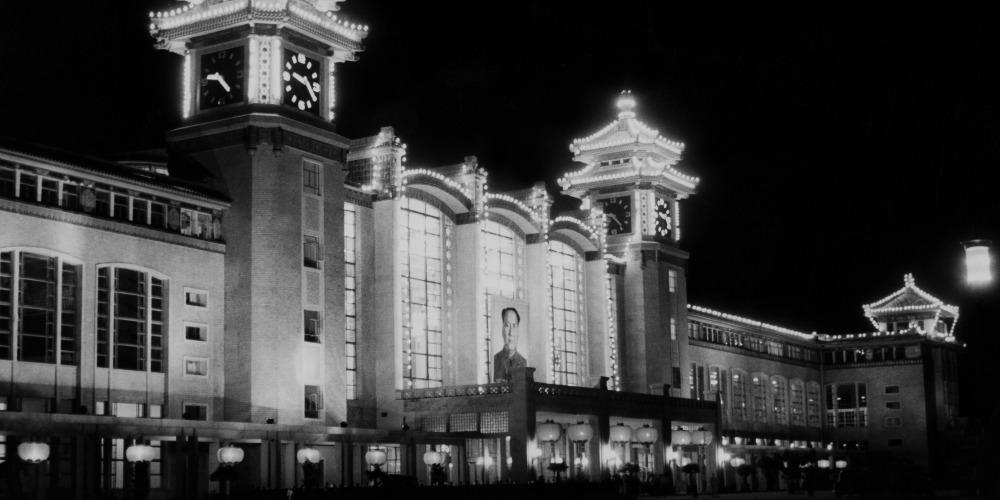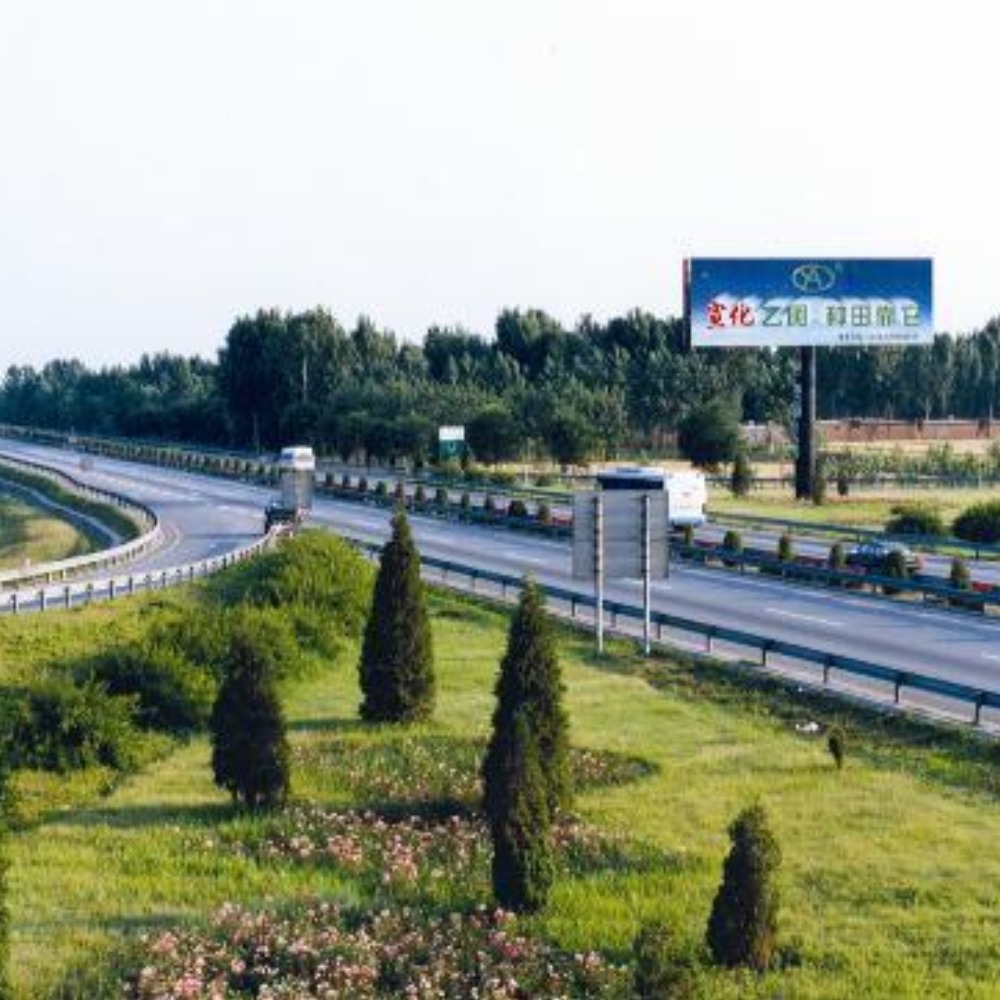Published : 2024-09-15
On September 15, 1959, Beijing Station, the largest passenger station in China, commenced operation.
The predecessor of Beijing Station was the Zhengyangmen East Station (正陽門東車站), located on Qianmen Street along the Peking-Mukden Railway, colloquially known as the "Old Railway Station" (老火車站).
With the rapid development of railway transportation, this old railway station, originally established in the late Qing Dynasty of China, could not meet the demand any more.
In early September 1958, Beijing launched the "Ten Major Projects for National Day" to celebrate the 10th anniversary of the establishment of the People's Republic of China the following year, and Beijing Station was one of them.
These "Ten Major Projects for National Day" also became known later as the "Ten Great Buildings of Beijing" (北京十大建築).
In early 1959, construction of Beijing Station officially began, with more than 20,000 workers at its peak.
From the start of construction to the commencement of operation, Beijing Station took only 7 months and 20 days, which was a miracle in the history of Chinese architecture.
On the eve of its opening in 1959, Mao Zedong personally inspected the site and later personally inscribed the station name.
The newly built Beijing Station could simultaneously accommodate 14,000 waiting passengers, and were fully equipped with restaurants, post offices, cinemas and other facilities.
In addition, the station building had rare air conditioning equipment installed at that time, which could provide warm air in winter and cooling in summer.































